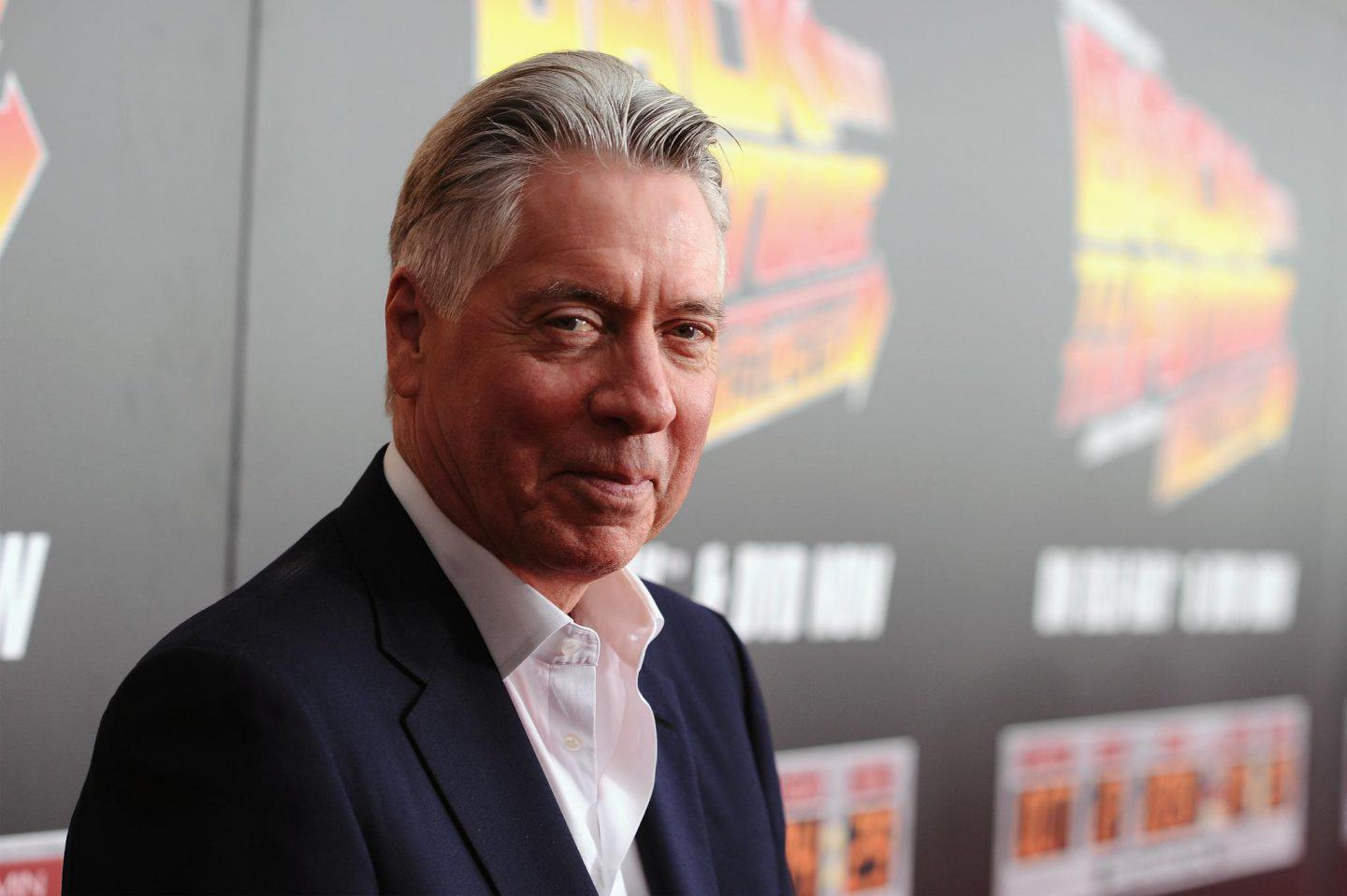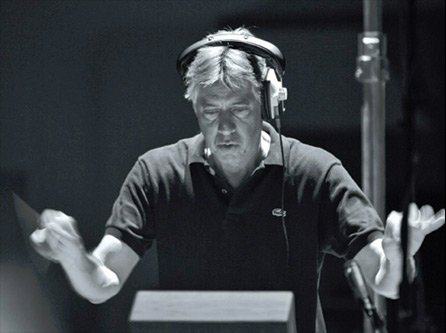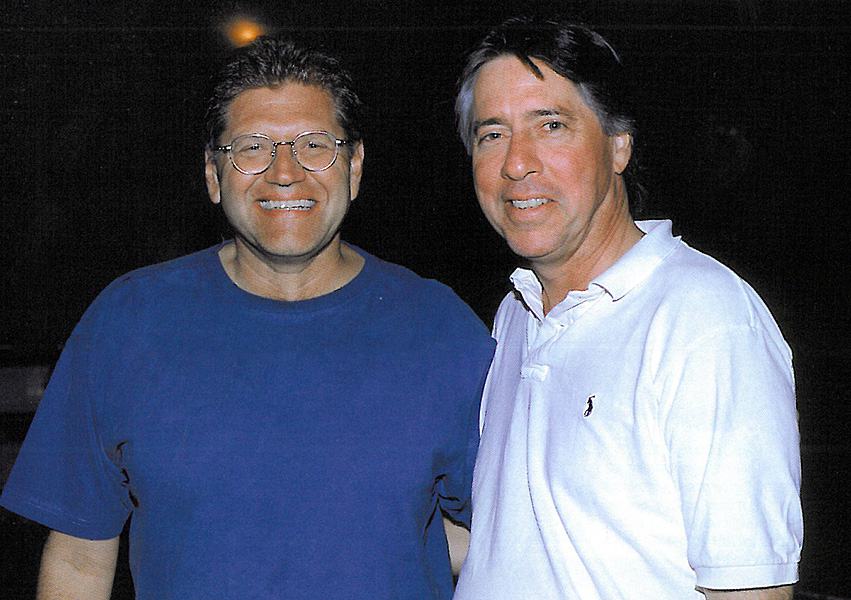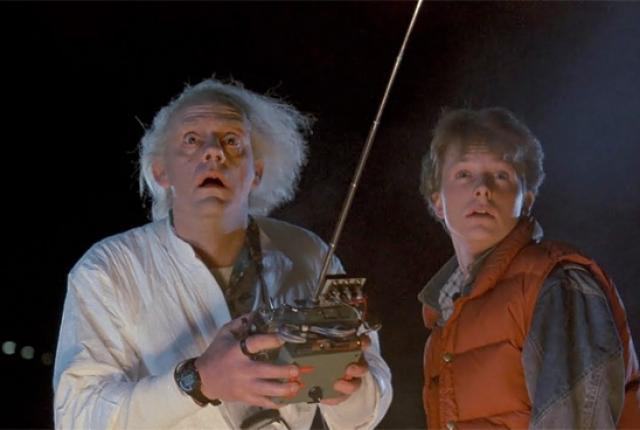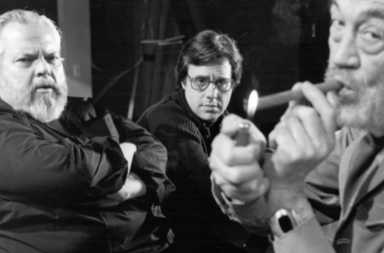We, die-hard fans of the Back to the Future trilogy, know the significance of the year 2015. If you don’t, it’s all right, we still love you, no hard feelings. Of course 2015 is the year Marty McFly arrives in the future! Or shall we now call it the present…? Great Scott, I’m confused. For the 10-year-old inside me, 2015 still is the very distant future… Ok, let’s stick with the word ‘future’ as Marty won’t be here until October 21.
2015 also marks Back to the Future’s 30th anniversary. 30 years that people all over the world have associated, like a pavlovian reflex, Alan Silvestri’s epic score to Robert Zemeckis’ time-travelling DeLorean. Back to the Future was not the first collaboration between the composer and the director. The pair had met for Romancing the Stone, for which Zemeckis asked Silvestri to write three minutes of music in less than 24 hours. The composer easily took up the gauntlet and got himself the job.
Hailing from New Jersey, Silvestri studied composition for two years at Berklee College of Music, but left to become a guitarist for the band Wayne Cochran and the C.C. Riders in Las Vegas. He wound up in Los Angeles at 22 and still had composition on the back of his head even though he had never considered a career in film scoring. When he found his first composer job for a low-budget action movie, The Doberman Gang (1972), Silvestri had no idea as to how to do it. The day before the gig, he bought Earle Hagen’s How to Score a Film and diligently applied his methods. Other contracts for film scoring followed and he became composer for the TV series CHiPS. When the show was cancelled, a dry period began, until the former CHiPS music supervisor called him for Romancing the Stone in 1984.
As of now, Silvestri has scored over 100 films and has worked with Zemeckis on all his films. The pair is one of the most famous director/composer duo in Hollywood and The Walk, to be released later this year, will be their 15th collaboration. The director always underlines how in sync they are and goes as far as calling the composer his “creative soul mate.”
No doubt, their partnership for Back to the Future is their most iconic one. Silvestri’s score is instantly and easily recognizable, in the same way as John Williams’ Star Wars or Indiana Jones themes. Zemeckis did not have many images to show the composer when he got down to the scoring, but this time there would be no hero with Michael Douglas’ manly reassuring face, no jungle, no treasure to be found, no damsel in distress. Instead there would be a teenage hero, a small town and a 1950s setting. Yet, the director told him to write a score that was “big.” For Silvestri the contrast was interesting and he immediately envisioned Back to the Future as an epic story with a noble hero on a mission to do noble things.
The young and quite autodidact composer conducted a 98-piece orchestra, at the time the largest ever used for a Universal Pictures film, that he called “The Outatime Orchestra.” The result perfectly conveys the courage and the ambition of Marty, and the genius and fast-paced spirit of Doc. Incidentally, the music associated to Doc is more clangy because Silvestri wanted it to evoke the synapses in his brain.
To celebrate the film’s 30th anniversary, Alan Silvestri’s grandiose score will be played in different concert venues all over the world. Even if the entire schedule has not yet been revealed, the first orchestra screening will take place in Lucerne, Switzerland on May 30 and 31, and another is planned at the Royal Albert Hall in London for July 4. The composer is preparing 15 minutes of new score for these special events and is also working on the Back to the Future musical that should make its West End debut by the end of the year. Could 2015 be more exciting? Only the self-lacing Nike and the Hoverboard are missing. Oh wait.
Tinker talks Nike MAG 2015 release with Power Laces at #AgendaEmerge. http://t.co/iZ6B1Ulc3D pic.twitter.com/NNqu5ys99c
— Nice Kicks (@nicekicks) 7 Janvier 2015
The 25 best inventions of 2014: hoverboards, superbananas, 3D candy and more http://t.co/euSkW8hPwc pic.twitter.com/lEYMalnR6L
— TIME.com (@TIME) 20 Novembre 2014
